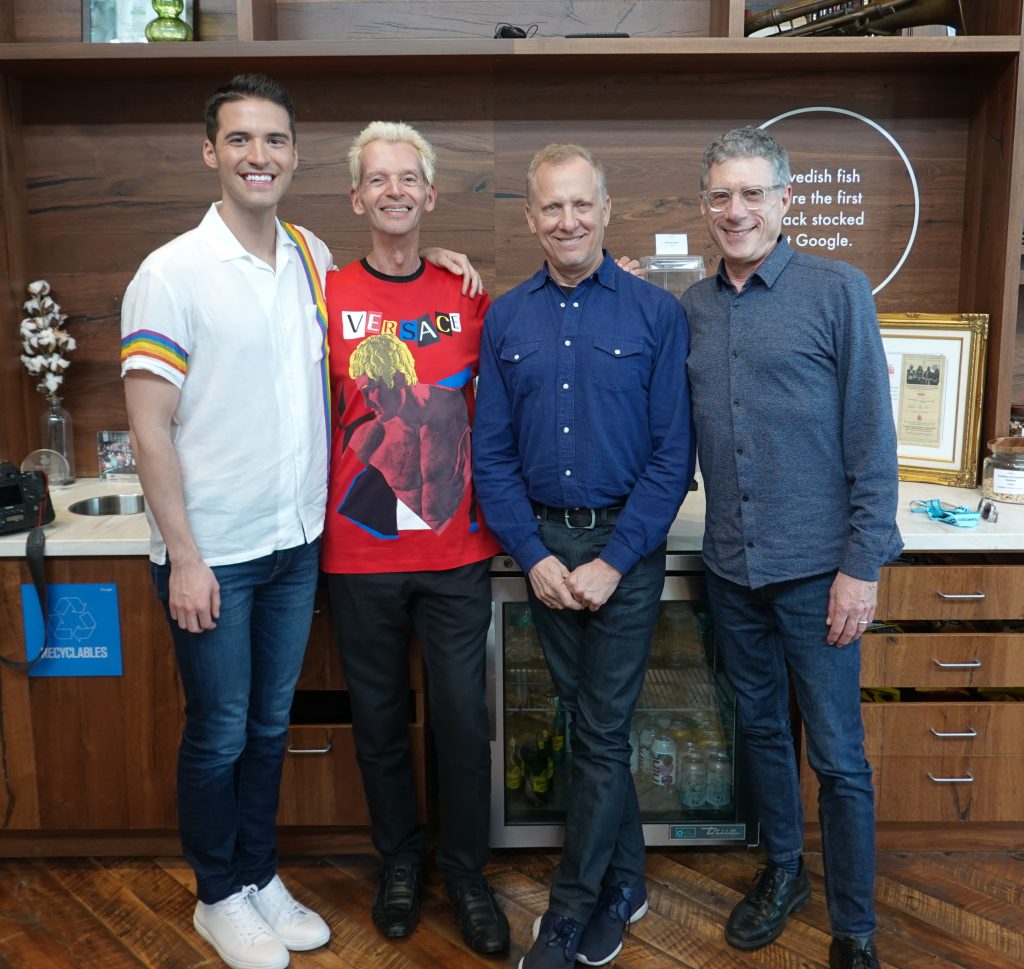
What is the state of the gay Pride movement in America? The film State of Pride looks at the question by taking its cameras to Gay Pride parades across America, to locales as diverse as San Francisco, Tuscaloosa and Washington DC.
Sun News Austin was granted an exclusive interview with the host of the movie and the Academy-award winning filmmakers Jeffrey Friedman and Rob Epstein, whose past collaborations include the gay-themed films Common Threads: Stories from the Quilt (1989), and The Celluloid Closet (1995). They have teamed up again to film and edit State of Pride, whose concept was originated by actor Raymond Braun.
As Braun told me: “I want people who see the film to reflect on the role of Pride. I hope it inspires conversations; I would love for people to continue the conversation and explore those different threads.” As the Pride quilt that was the subject of the 1989 film exemplifies, there are many different threads that constitute the State of Pride at any one time.
“The state of Pride keeps evolving.” Epstein said. “Thematically its really plural, States of Pride. It is something to continually examine and explore.”
Friedman explained that “Making films is my way of making sense of the world, hopefully driving it in a constructive direction. I am offering a way to look at the world not considered before. In any film you are understanding the language of cinema in a different way. It’s like learning a language as your vocabulary grows.”
The vast vocabulary of the gay rights movement is laid bare in this insightful documentary, which includes an explanation of how the term ‘tranny shack’ went from being something good to something bad. We also learn that Gay Pride itself started off as the “gay freedom movement.”
This was forcefully brought home at the world premiere of State of Pride, which happened on March 8 at Austin’s Zach Theatre as part of SXSW. One member of the audience who vividly remembers the days of Stonewall, which sparked the gay freedom movement 50 years ago in 1969, said that the hard-fought freedom now means he can be “happy, bold, and Out!”
Braun explained that for him “Pride is like a looking glass into the LGBTQ community.” That community exhibits significant differences, even in the United States. Epstein said that “Within each city we deal with who are telling those stories: as a documentary it comes down to the humanity of it all. That is the human experience but in the editing room it’s a different kind of experience.”
As an insight into how films are made, Epstein explained that “Editing is where we really dig into the process. You have to let the material speak to you. Editing is dealing with pieces of a puzzle. How do they all fit together? There are many ways they can fit together,” unlike a real puzzle you buy in a box. “That’s where the art is.” That, added Friedman “is where you make meaning out of chaos. You really want to be true to the stories that people are telling.”
One of those people interviewed in State of Pride, Carson, spoke at the Zach about his crisis of faith as someone born into the Mormon church which has actively funded anti-gay propositions on the ballot box in California. He struggled with “The accommodation spiritually of the queer experience. I had to force into that space a queer narrative. For me, I found a lot of power in helping people realise, and getting for myself, that the experience of faith is this really malleable, ethereal experience. I lived for so long thinking that faith meant you know things, and it’s really the opposite of faith: knowledge is not faith, by definition. And vice versa, the minute you know something you no longer have faith in it.” Carson left the Mormon church and has found a new meaning in life as a gay man. His mother was in the audience in a show of support.
State of Pride will surely find its place as a landmark film in gay culture, and I’m sure it will help many others like Carson to find their way to freedom. It is a fitting 50th anniversary tribute to Stonewall and all it represents.